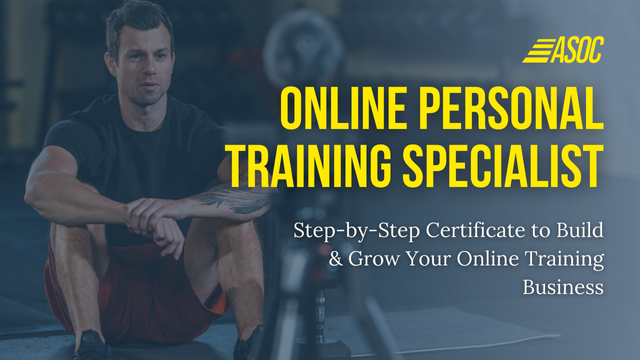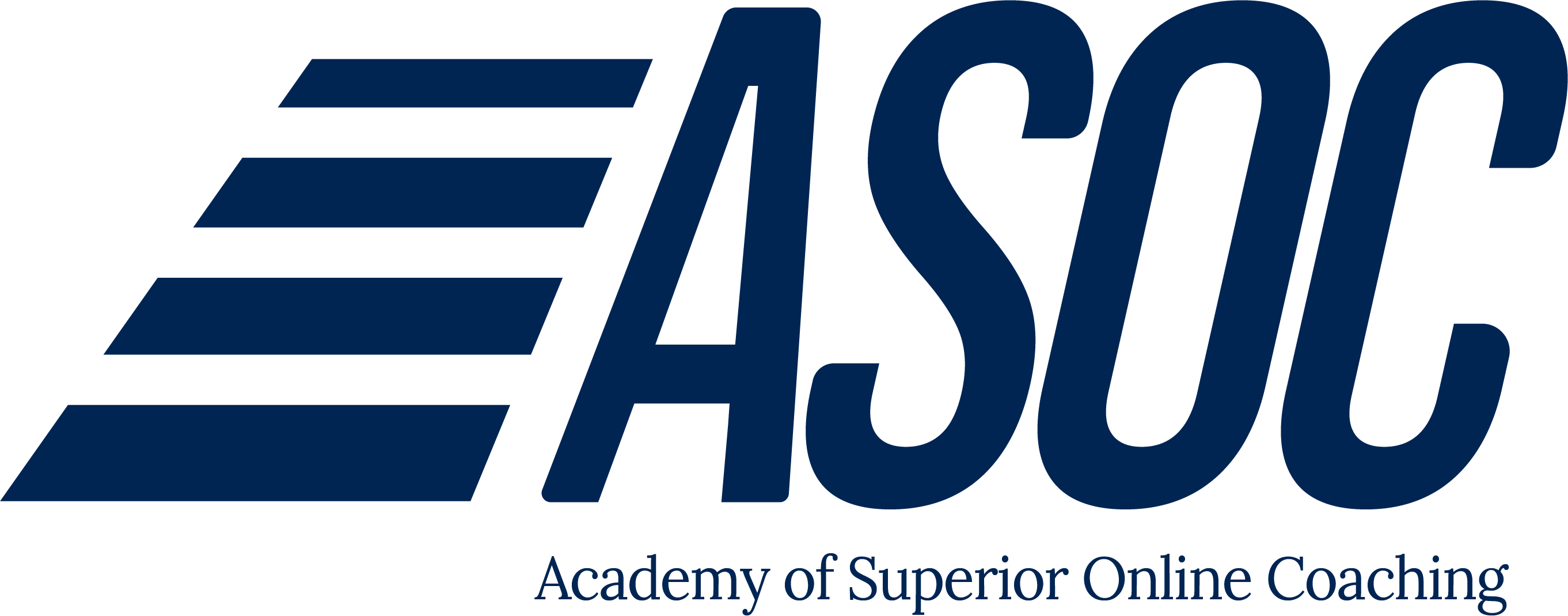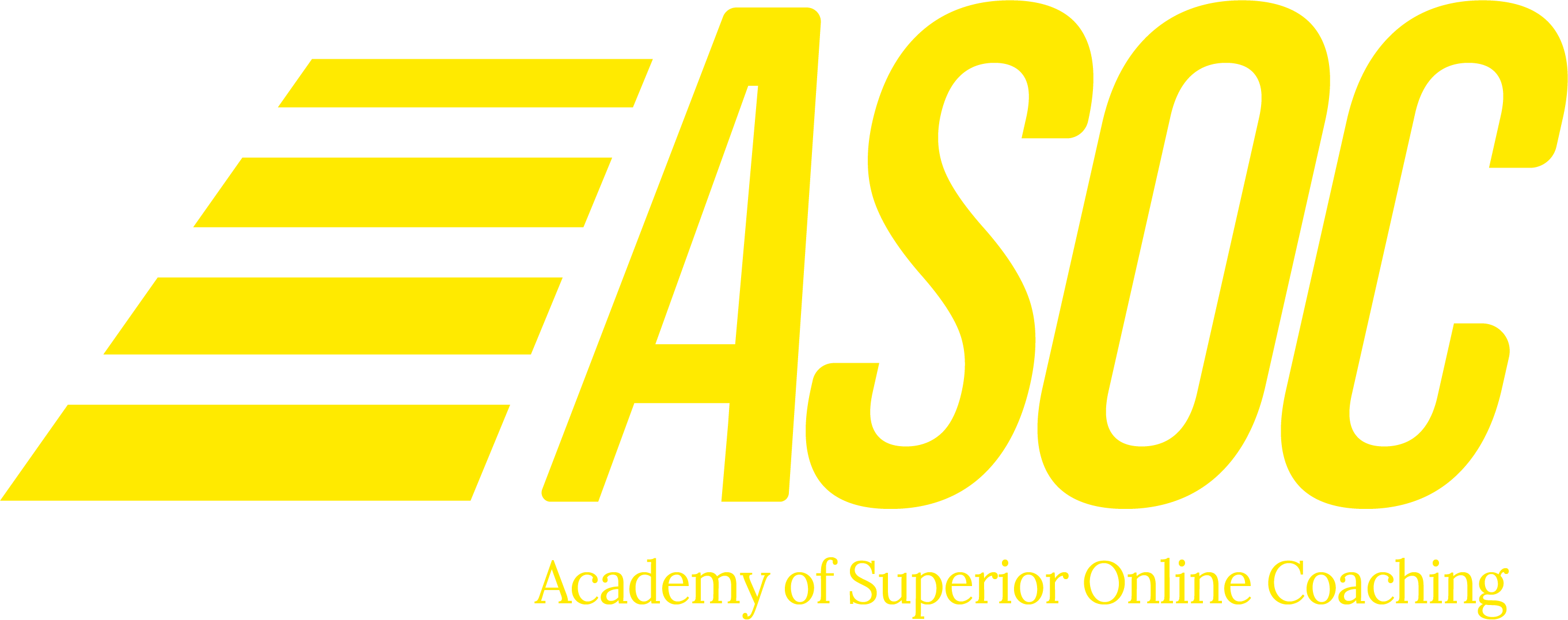The Key to Becoming a Highly-Paid Online Personal Trainer
Dec 27
Why Highly-Paid Online Personal Trainers Solve Problems, Not Just Provide Workouts
Many personal trainers assume that knowing more leads to earning more. But in reality, your income as a coach isn’t based on how much you know—it’s based on how well you solve problems.
The most successful online personal trainers aren’t just knowledgeable—they are problem-solvers. They don’t just provide workouts or meal plans; they help clients overcome obstacles, simplify the process, and achieve results faster with less frustration.
If you want to grow your online coaching business, increase your income, and attract high-paying clients, you need to shift your focus from delivering information to solving real problems.
Many trainers ask, “How much do personal trainers make?” The truth is, your personal trainer salary depends on how much value you provide to your clients. Online personal trainers who solve real, complex problems can earn significantly more than those who only offer generic programs.
The Two Types of Problems in Coaching
Not all problems are the same, and not all problems are equally valuable to solve. Understanding the difference is key to becoming a highly-paid online personal trainer.
1. Closed-Ended Problems (Low Value, Easily Replaced)
These problems have clear answers and fixed solutions.
Since these problems have definitive solutions, they are easy to automate, systemize, or find for free.
Most low-cost fitness programs focus on solving closed-ended problems. This is why clients can get basic training templates, macro calculators, and general fitness advice for free.
If your coaching is built primarily on answering closed-ended questions, you’ll always be competing with free content.
Examples in Fitness:
- How many calories are in a banana? (Searchable online)
- How much protein should I eat? (Standard formulas exist)
- What’s the best exercise for glutes? (Multiple right answers exist)
Since these problems have definitive solutions, they are easy to automate, systemize, or find for free.
Most low-cost fitness programs focus on solving closed-ended problems. This is why clients can get basic training templates, macro calculators, and general fitness advice for free.
If your coaching is built primarily on answering closed-ended questions, you’ll always be competing with free content.
2. Open-Ended Problems (High Value, Hard to Replace)
These problems don’t have one right answer and require adaptation, creativity, and personalization.
These are complex, real-world challenges that most clients struggle with.
The more effectively you help clients navigate open-ended problems, the more valuable your coaching becomes—and the more you can charge for it.
Highly-paid personal trainers and virtual coaches understand that their income is directly tied to how well they solve these types of client struggles.
Examples in Fitness:
- How can I stick to a fitness routine with my unpredictable work schedule?
- How do I stop binge eating after stressful days?
- How can I build strength and lose fat without feeling exhausted all the time?
These are complex, real-world challenges that most clients struggle with.
The more effectively you help clients navigate open-ended problems, the more valuable your coaching becomes—and the more you can charge for it.
Highly-paid personal trainers and virtual coaches understand that their income is directly tied to how well they solve these types of client struggles.
How to Identify the Biggest Pain Points in Your Target Audience
The key to becoming an online personal trainer who gets paid well is understanding exactly what real problems your ideal clients face.
1. Listen to What Clients Are Already Saying
The best insights come directly from your audience. Pay attention to:
Instead of assuming what clients need, gather real-world feedback.
- Client check-ins and messages – What questions do they repeatedly ask?
- Social media comments and DMs – What struggles are they venting about?
- Fitness forums and Facebook groups – What frustrations keep showing up?
Instead of assuming what clients need, gather real-world feedback.
2. Ask Better Questions
If you only ask, “What’s your fitness goal?”, you’ll get surface-level answers like:
These are not real problems—they are outcomes.
Instead, ask:
When you start digging into deeper frustrations, you uncover the real problems clients need you to solve.
- Lose weight
- Get stronger
- Tone up
These are not real problems—they are outcomes.
Instead, ask:
- What has been your biggest struggle in reaching your goal?
- What’s something you’ve tried that didn’t work? Why?
- What obstacles prevent you from staying consistent?
When you start digging into deeper frustrations, you uncover the real problems clients need you to solve.
Why Solving Complex Problems Leads to Higher Income
Many trainers wonder, “How much does a personal trainer make?” The answer depends on how well you solve complex, open-ended problems.
Think about the difference between:
The fitness industry works the same way.
Trainers who provide basic workout plans are like cashiers—easily replaceable, low-paid.
But trainers who help clients solve deeper struggles—like overcoming emotional eating, breaking workout inconsistency, or balancing fitness with a demanding lifestyle—become irreplaceable experts.
Highly-paid personal trainers focus on:
If your coaching only provides information, you’ll always be competing with free content. If your coaching solves life-changing problems, clients will happily pay premium prices for it.
Think about the difference between:
- A cashier at a store (follows simple processes, earns a low wage)
- A consultant hired to solve major business challenges (analyzes complex problems, earns significantly more)
The fitness industry works the same way.
Trainers who provide basic workout plans are like cashiers—easily replaceable, low-paid.
But trainers who help clients solve deeper struggles—like overcoming emotional eating, breaking workout inconsistency, or balancing fitness with a demanding lifestyle—become irreplaceable experts.
Highly-paid personal trainers focus on:
- Behavior change strategies
- Accountability and problem-solving
- Lifestyle and habit coaching
- Personalized solutions for complex needs
If your coaching only provides information, you’ll always be competing with free content. If your coaching solves life-changing problems, clients will happily pay premium prices for it.
How to Design Your Services to Provide Better, Faster Solutions
Your coaching model should be designed to:
But how do you price your coaching so it reflects your value?
Many trainers underprice their services because they don’t know how to structure their offers to justify higher pricing.
That’s why we created the Free Pricing Strategy for Personal Trainers Mini-Course—so you can learn how to:
- Solve real-world challenges, not just deliver workouts
- Make results easier and faster for clients
- Provide ongoing support and adaptability
But how do you price your coaching so it reflects your value?
Many trainers underprice their services because they don’t know how to structure their offers to justify higher pricing.
That’s why we created the Free Pricing Strategy for Personal Trainers Mini-Course—so you can learn how to:
- Set pricing that reflects your true value
- Package your coaching in a way that increases demand
- Confidently charge higher prices without pushback
Frequently Asked Questions (FAQs)
1. How much do online personal trainers make?
Online personal trainers can earn anywhere from a few hundred dollars per month to six figures per year, depending on how well they position their coaching and solve client problems. Sign up for our free Pricing Strategy Mini-Course for Personal Trainers and use our calculator to position yourself as a premium service provider.
2. What separates high-income trainers from low-paid trainers?
Trainers who solve complex client struggles—like inconsistency, motivation, and sustainable habits—get paid more than those who provide generic programs.
3. How do I attract high-paying personal training clients?
Identify pain points in your target audience, refine your messaging to address real problems, and price your services based on the transformation you provide.
4. Should I price my coaching based on the number of sessions?
No. Price your coaching based on the results you deliver, not the number of workouts or hours spent coaching.
5. How do I grow my online coaching business?
Position yourself as a problem-solver, focus on real client results, and communicate your value effectively.
Final Thoughts: Solve Real Problems, Build Real Success
If you want to become a highly-paid online personal trainer, shift your focus from providing workouts to solving problems.
Trainers who master problem-solving don’t just get clients. They get high-paying, long-term clients—and build businesses that last.
If you’re serious about growing your online coaching business and increasing your personal trainer salary, focus on delivering solutions that clients can’t find anywhere else.
Trainers who master problem-solving don’t just get clients. They get high-paying, long-term clients—and build businesses that last.
If you’re serious about growing your online coaching business and increasing your personal trainer salary, focus on delivering solutions that clients can’t find anywhere else.
Ready to Build a Profitable Online Coaching Business?
Enroll in the OPTS Certificate Today.


Address: 9630 South Quarter Horse Road, Casa Grande, AZ 85193
Email: contact@asoctrainer.com
Phone: (480) 269-0609
Email: contact@asoctrainer.com
Phone: (480) 269-0609
Copyright © 2025
